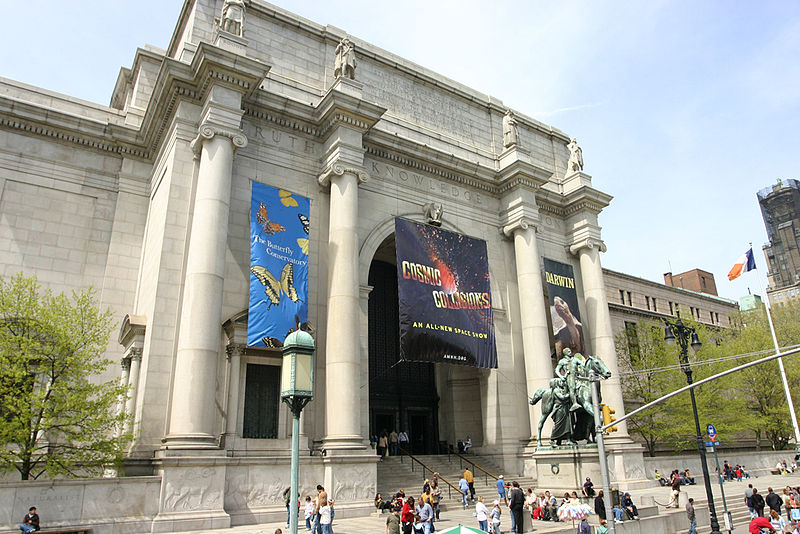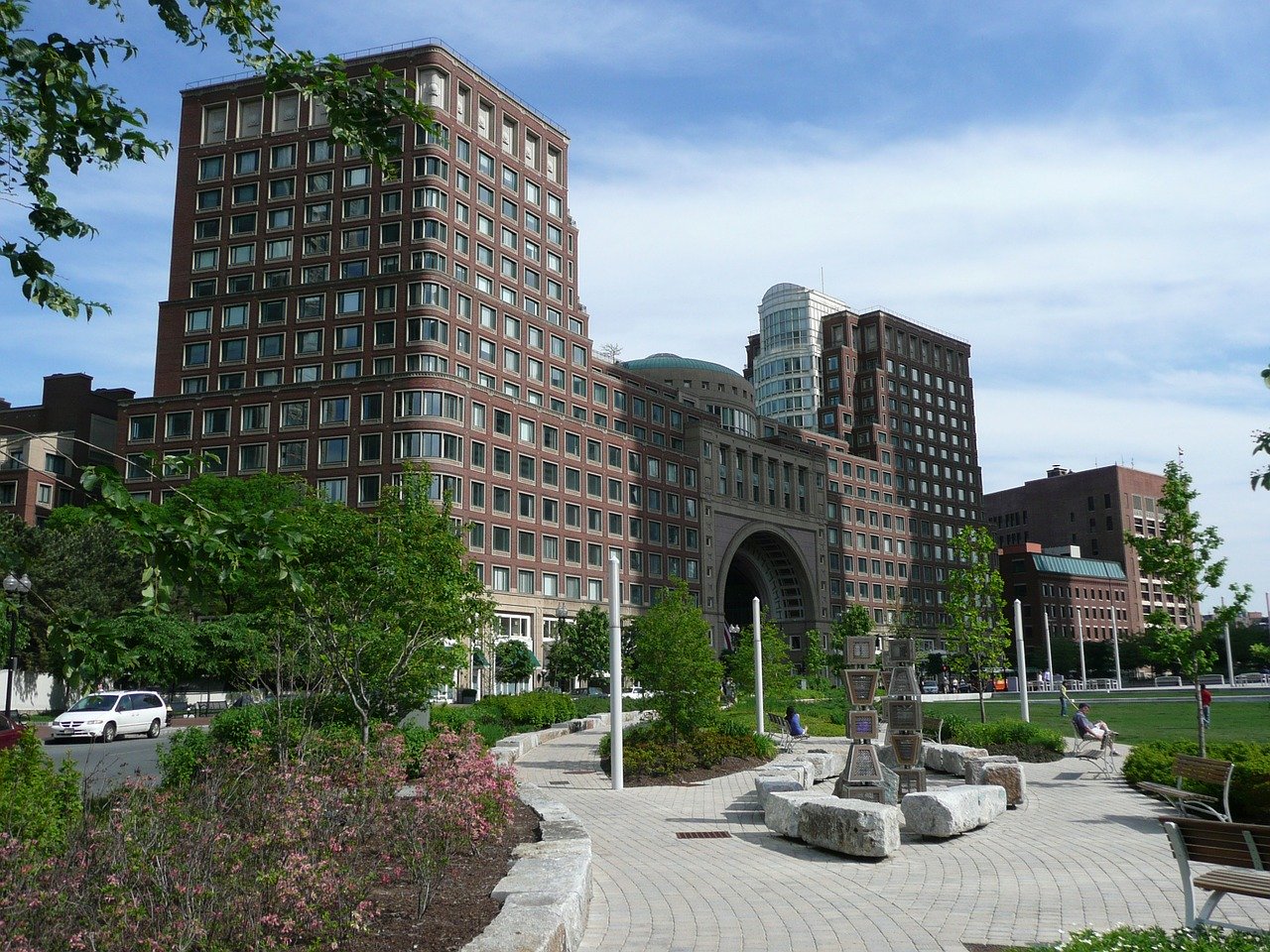
New York's American Museum of Natural History is taking significant steps to remove human remains from its exhibits, including those of Indigenous and enslaved Black people. In a letter to
the staff, museum President Sean M. Decatur emphasized the need to acknowledge that no individual consented to have their remains included in a museum collection, except for those who bequeathed their bodies to medical schools for continued study.
The museum's recently updated collections policy has made it clear that they will not knowingly acquire any items collected or recovered under circumstances encouraging irresponsible damage to archaeological sites, cultural monuments, or desecration of human burial places.
Skeletons, mummies, musical instruments, and beads made from or incorporating human bones will be removed from 12 display cases, along with other human remains. Among these remains, 26% are of Native Americans from the United States, with the majority coming from abroad. The museum also holds the remains of five enslaved Black people, who were removed from a New York burial ground during a road construction project in the early 1900s.
The items currently on display at the museum represent only a small percentage of its full collection of skeletal remains. This includes a complete human skeleton on display in a reconstruction of a warrior's burial from Mongolia circa 1000 CE, a 19th-century Tibetan apron made from human bone, and musical instruments made from human bones in an exhibit about Aztec musical instruments in the Hall of Mexico and South America.
Museum President Decatur emphasized that the human remains included in exhibits extend the exploitation of ancestors, victims of violent tragedies, and representatives of exploited groups. The policy change aims to address the complex legacy of the human remains collection and ensure proper storage until repatriation can occur.
The letter also acknowledged that in the 19th and 20th centuries, researchers used remains to promote flawed scientific agendas rooted in white supremacy, reinforcing models of racial hierarchy. The collections of human remains were made possible through imbalances of power, further highlighting the importance of addressing the ethical issues surrounding their display.
This decision by the American Museum of Natural History signifies a significant shift in how museums handle the display and treatment of human remains, particularly those that have deep historical and cultural significance. It reflects the broader awareness and commitment to ethical considerations in preserving and displaying such collections. Photo by J.M. Luijt, Wikimedia commons.











































